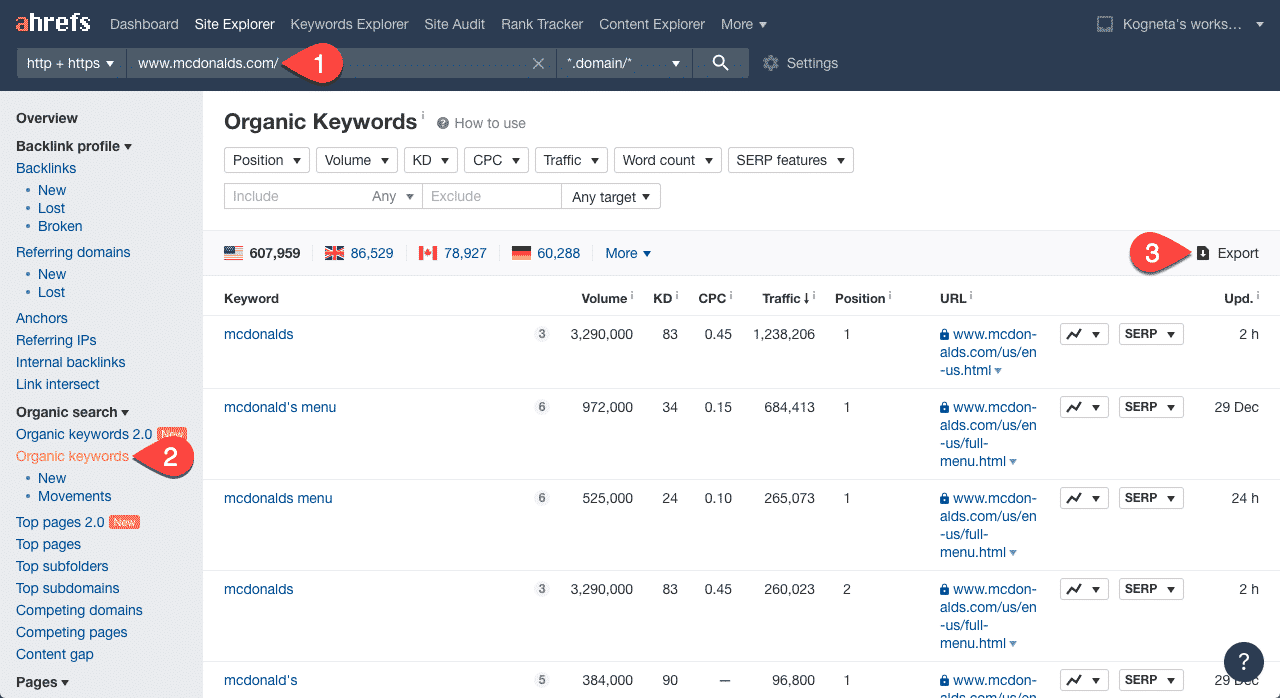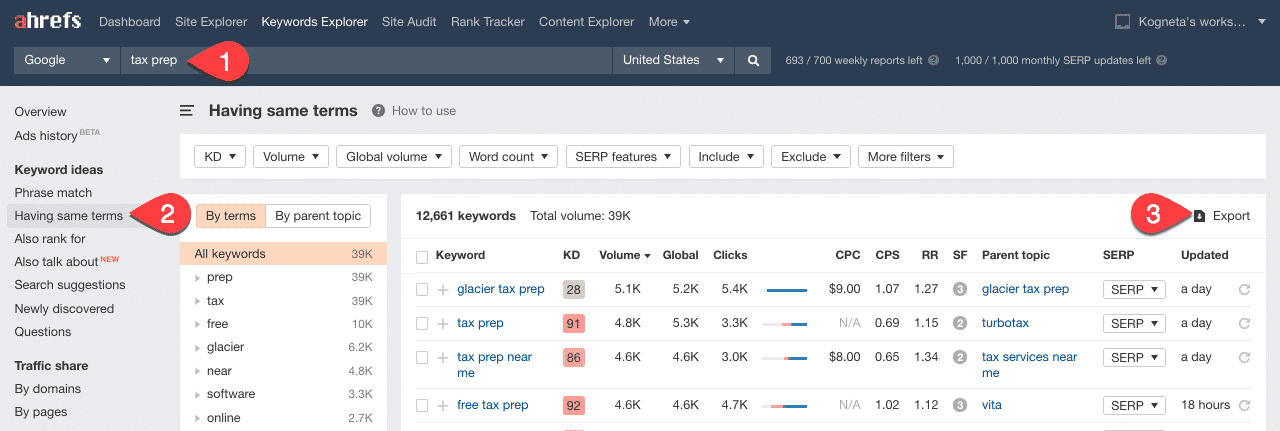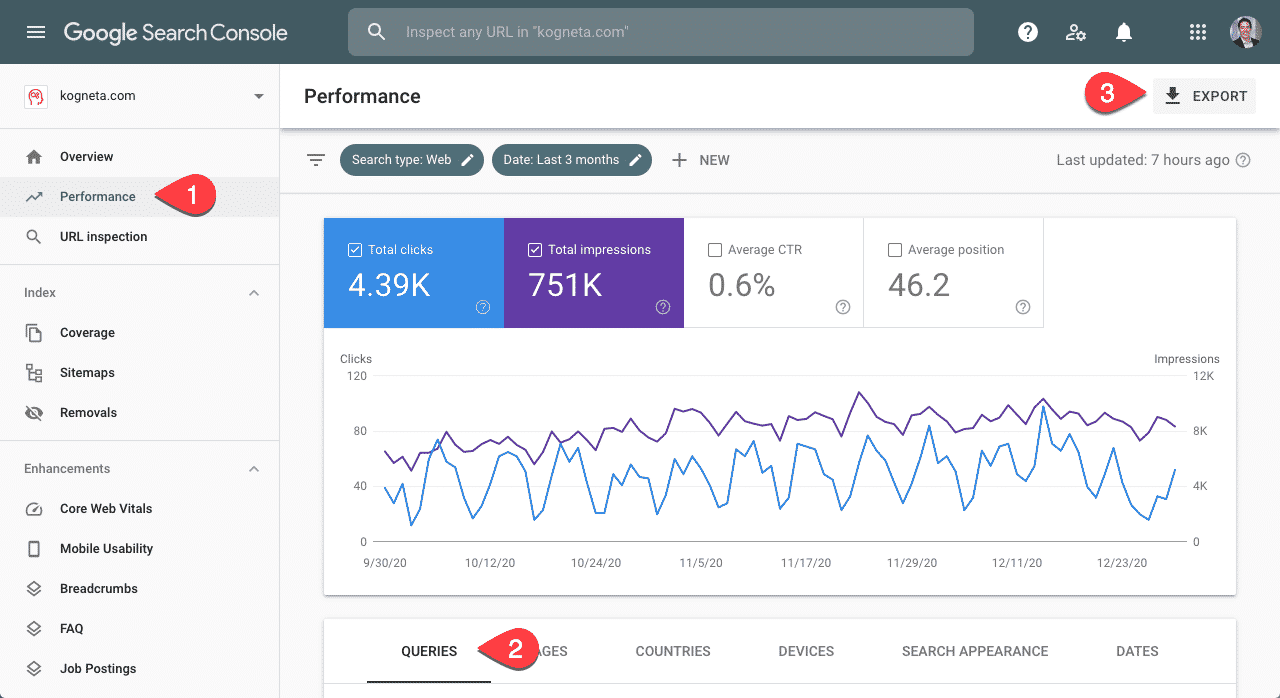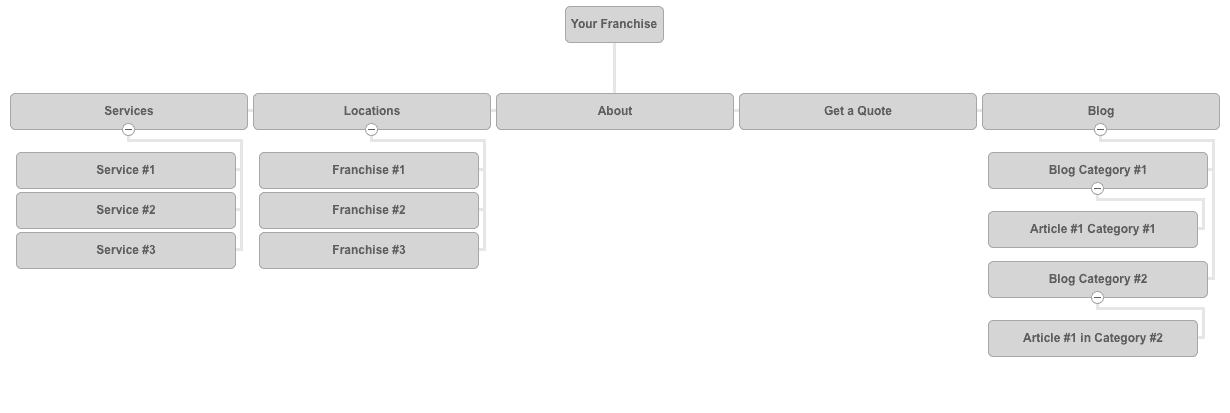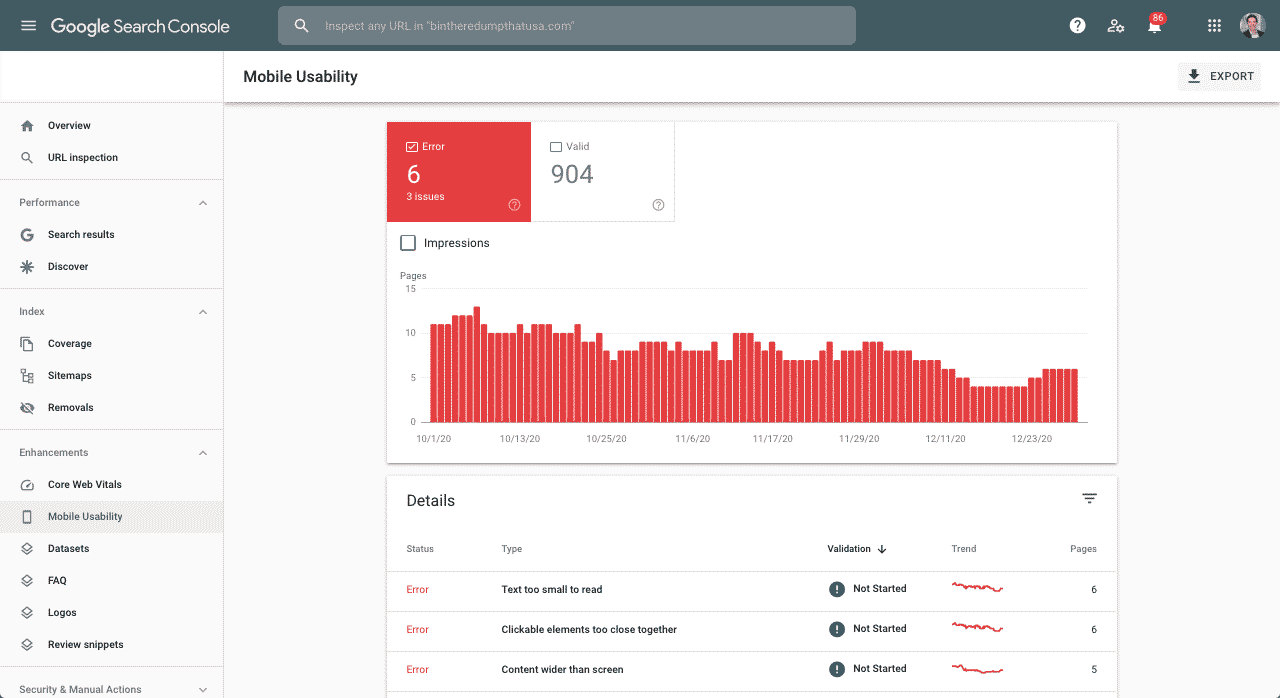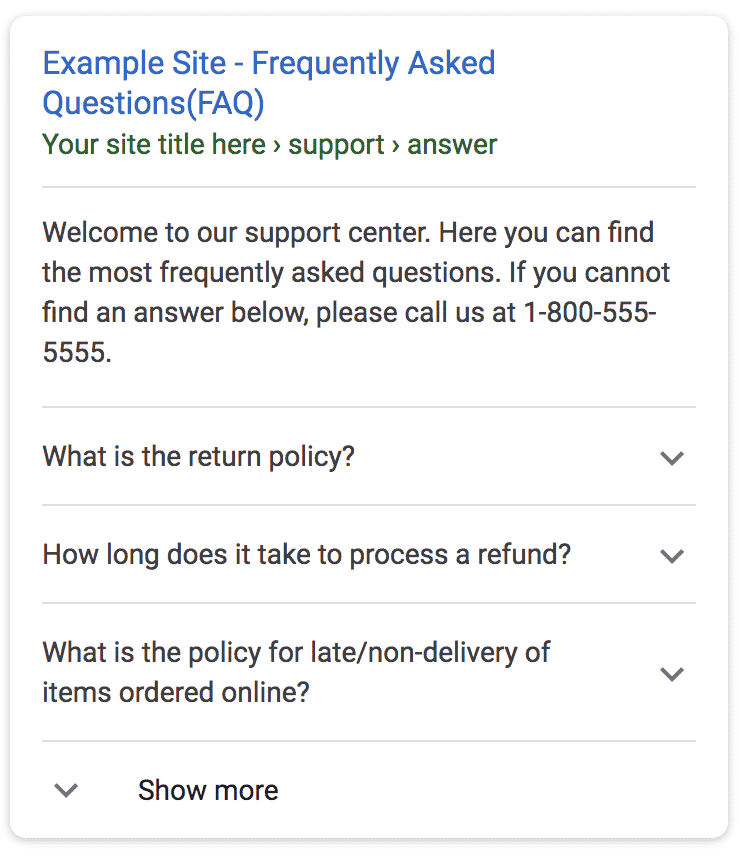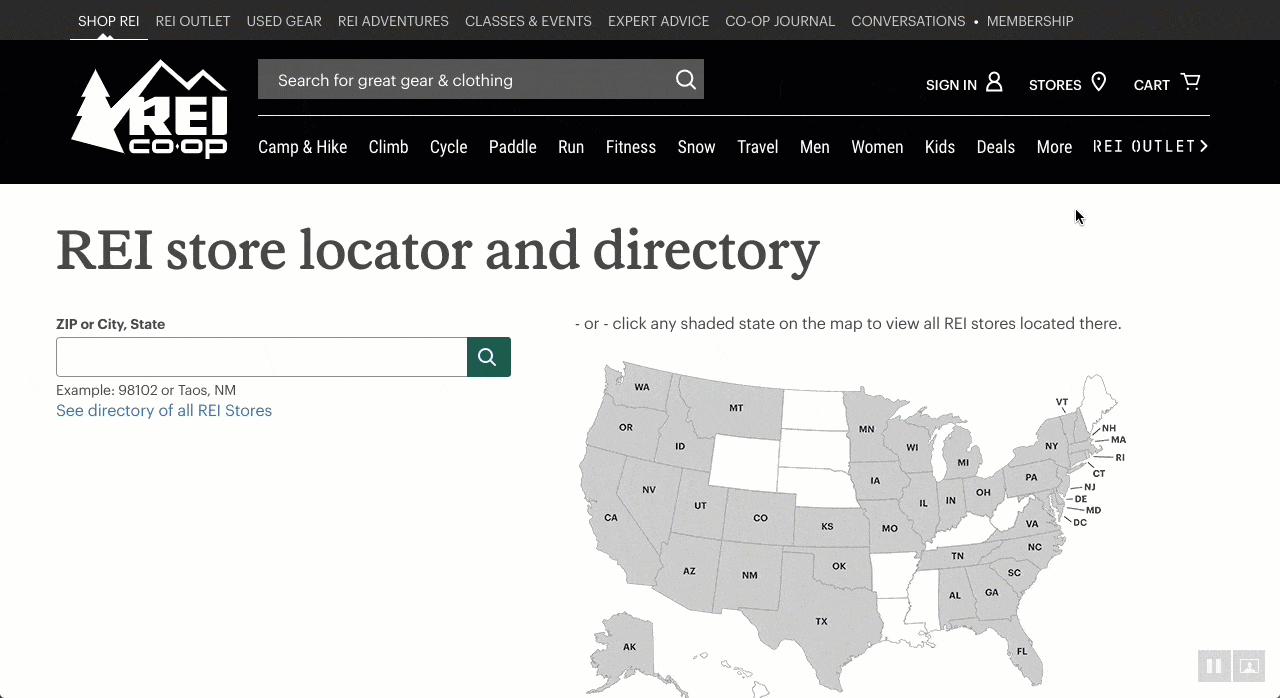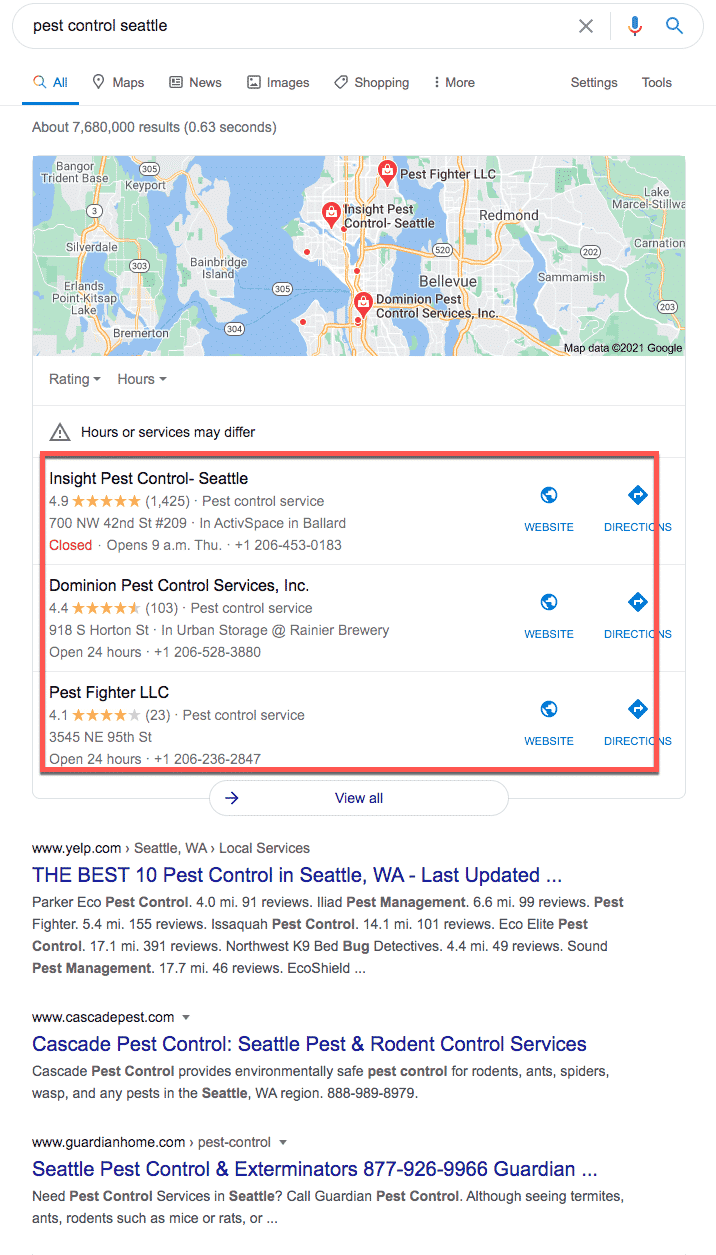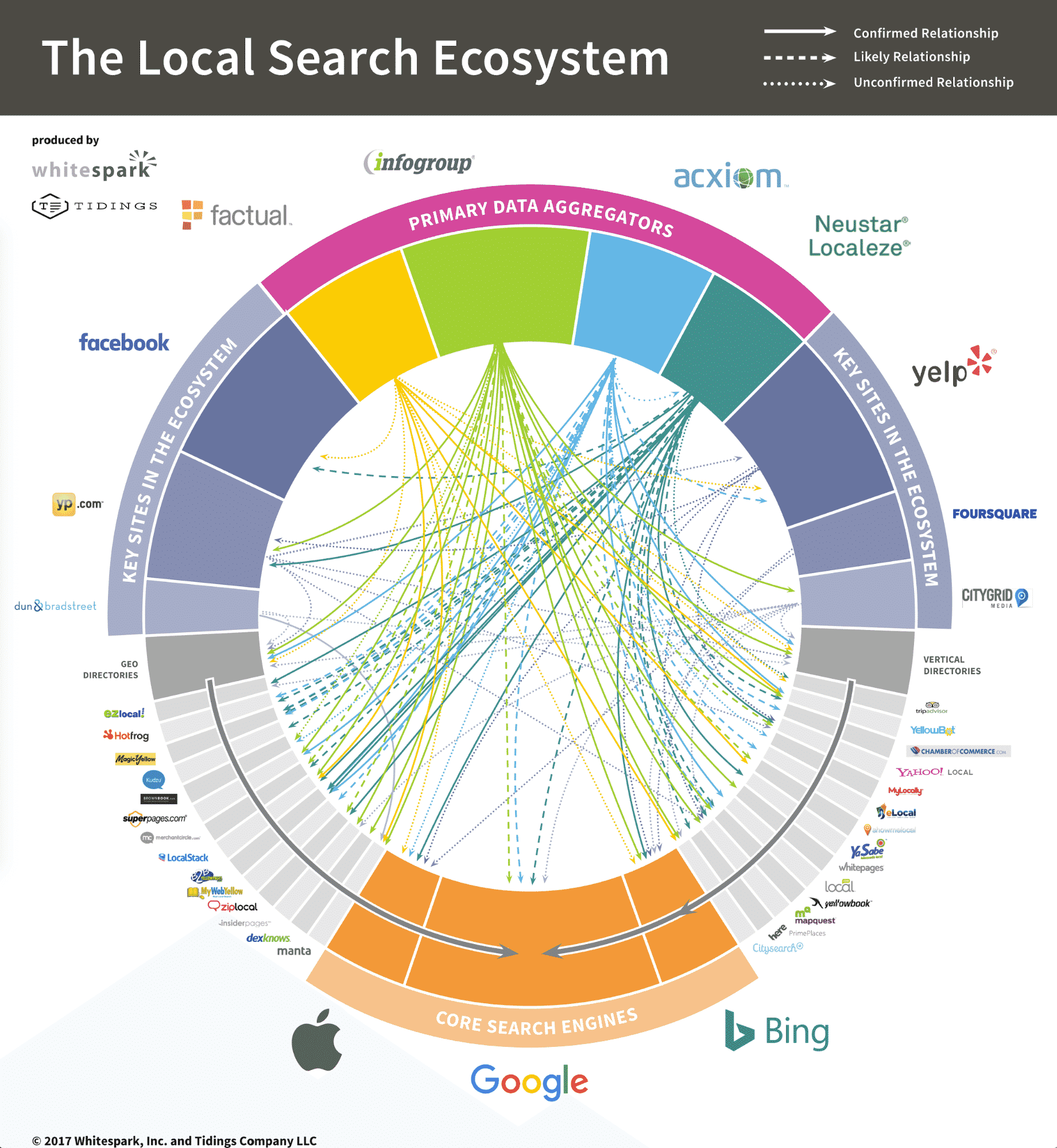SEO For Franchises
Getting found online by customers is the lifeblood of any successful franchise or multi-location business. To achieve this, your company’s website needs to be optimized for the constantly evolving search engine algorithms. We’ll help you navigate this changing competitive landscape to get your more traffic, sales and happy customers.
Franchises We've Helped Grow


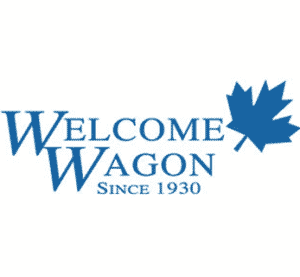

How Bin There Dump That Increased Revenue By $2,894,983
SEO For Franchises That Actually Works
Bin There Dump That supplies residential-friendly dumpsters throughout North America. The company has over 100 franchises in Canada and the United States. Discover how they grew revenue by $2,894,983
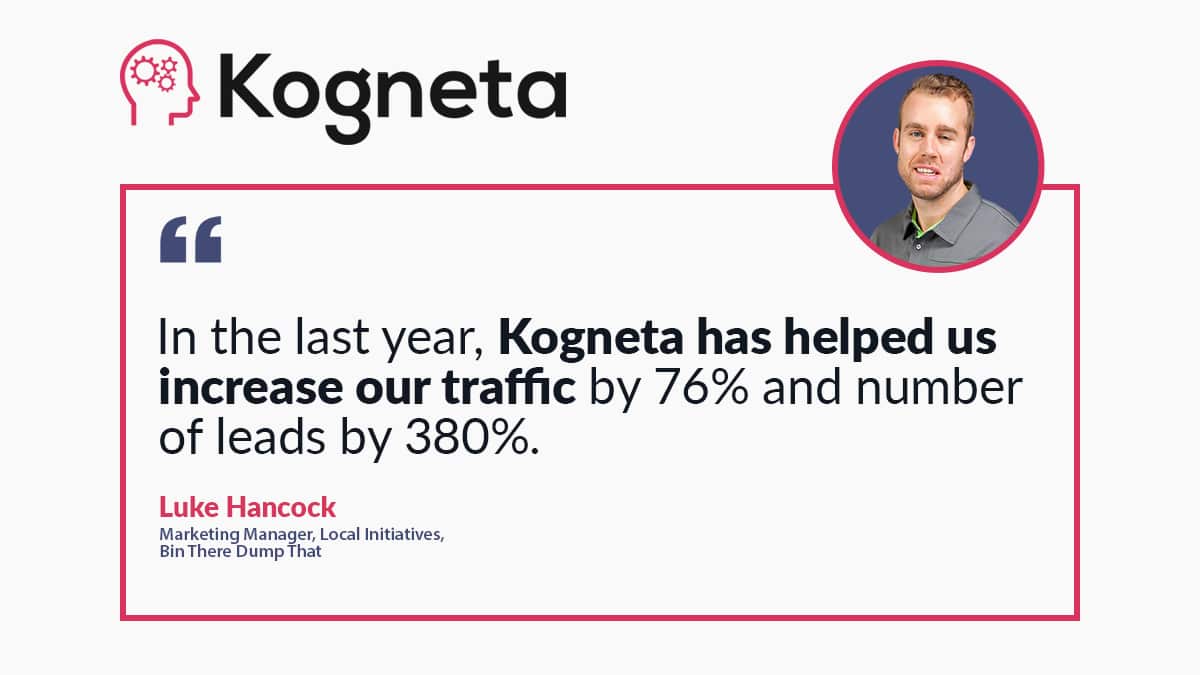
Our SEO Process for Franchises
Develop Your SEO Strategy
A good SEO strategy is built upon a foundation of understanding. Which is why, during our strategize phase we work with you to gain an intimate understanding of your company, competitors, and industry leaving no stone unturned. This allows us to break free of a cookie cutter strategy that many agencies use and instead craft a plan of attack that is based on your company’s situation.
Execute Your SEO Strategy
The next step is to execute your meticulously developed plan of attack. Using ethical, white-hat tactics we’ll working with you to execute your personalized SEO strategy. Search engine optimization is understood to be a long-term investment which is why our tactics focus both on short-term low hanging fruit opportunities and sustainable long-term growth.
Analyze & Improve Your SEO Strategy
With algorithm updates constantly being released by search engines and competitors become increasingly savvy, SEO isn’t a set it and forget it strategy. It requires continuous analysis and improvement in order for you to stay ahead of the competition.
Sick of Marketing That's Focused on Clicks and Not Revenue?
Download: Franchise SEO Playbook
Do you want to turn SEO into a profitable and predictable marketing channel for your franchise? Discover our in-depth playbook that will guide you step by step on how to do it using proven strategies and tactics.

We critical items including:
- How to approach SEO from a local and national level
- Where and how to identify keywords that will increase revenue
- How to structure your website for rapid franchise expansion
- How to drive purchase ready local traffic to your site
Franchise SEO Playbook
With over 3.5 billion searches per day on Google, SEO or search engine optimization is a very important arrow in your franchise marketing strategy.
Getting started with it can be very overwhelming and with thousands of articles published on it everyday from so-called “SEO experts”.
The purpose of this guide is to show you step by step on how your franchise can start incorporating SEO in your franchise marketing strategy with ease and confidence using proven SEO strategies that have helped other franchises grow.
Without further ado, let’s get started!
Why Is It Different From Other SEO?
When it comes to search engine optimization for franchises, things can become a bit more complicated as you’re operating a local, regional, national and potentially international level. Though it does add extra complexity to how you should be scaling your SEO campaign, it also presents you with opportunities as well.
A couple of things that you need to keep in mind as you’re building our your SEO strategy include:
How do you plan on expanding as a franchise on a geographic basis for the foreseeable future?
Depending on how you plan on expanding your franchise, it will dictate how you structure your website from an architectural level along with how you go about creating and ranking in various geographical locations.
Who is going to have access to the website and what will they be able to do?
Will only you, the franchisor, have access? Will franchisees have access as well? If your franchisees do have access to the website, what will they be able to do?
The answers to these questions will greatly impact how you go about creating & optimizing your content, structuring your internal links and much more.
Thinking locally at a national level
You may hear a lot of talk about how SEO and local SEO are two different beasts which is true. Each one has its own unique challenges and benefits. In your case as a franchisor, you’ll have to tackle SEO from both a “traditional” SEO and a local SEO perspective. Thankfully, the rest of this guide will help you navigate these challenges towards predictable SEO growth.
Planning for Success
Metrics of Success
Not to sound like a cliche but… failing to plan is planning to fail. So like all marketing campaigns, you need to start with the end in mind when it comes to your SEO campaign.
You first need to determine what success looks like and why you’re working on SEO as a growth channel.
Is it to improve ranking and traffic? Heck no!
Those are what we call vanity metrics in SEO. They are fancy meaningless numbers that sound nice but don’t directly grow your business.
For example, you could be getting all the 5000 visitors to your website by ranking #1 for a keyword but, if none of your visitors are converting into leads and customers, does it really matter?
It is to increase leads or revenue? A lot more likely
This is what I like to call a North Star metric. This metric is the entire focal point of your SEO campaign and every that you do should focus on improving that one number. All other metrics are secondary or tertiary.
Once you’ve figured out this number, you’re now ready to start the next step in the SEO process for your franchise which…
Keyword Research
As you can guess from the name, keyword research is the process of researching, identifying and prioritizing keywords that your franchise should be targeting as part of your SEO campaign.
Ideation
To kick off your keyword research, you first need to generate a universe of keywords. This universe is a group of keywords that are either directly or indirectly related to your franchise and the services that you provide.
Below are a few ways to help you get started:
Ahrefs
Ahrefs is this extremely useful tool that I use everyday that has two core features that will help you get started with researching keywords.
The first one is their Site Explorer Tool, this tool allows you to enter in any website (yours or your competitors) and get important information on it which includes the keywords that the website is ranking for.
As you can see in the screenshot below, using McDonald’s website we can see which keywords that they are ranking for which we can then export and save for the next step of the process.
With the site explorer tool, I recommend exporting keyword data from the following sources to start generating keywords:
- Your current website
- Your competitors’ websites
- Publications related to your franchise
The second tool that Ahrefs has is their Keyword Explorer tool. The Keyword Explorer allows you to enter in a keyword and find competitors currently ranking for and more importantly, in our case, other related keywords.
To get started with it, enter in the products or services that you provide and then go to the “Having Same Terms” report to find keywords that have your products or services in them.
As an example, if you are a tax prep franchise you would search “tax prep” and then export the results to be used later as seen in the above screenshot.
Google Search Console
One extremely handy tool that Google provides you with is Google Search Console. This tool provides you with insightful data about your website such as how many impressions, clicks and the average rank for the pages and keywords that you are ranking for.
To download these keywords go to the performance page, select the queries tab and click on the export button to download your Google Search Console data.
A few things to keep in mind when exporting your Google Search Console data:
- If you’re using UTM parameters on your Google My Business links, which we’ll cover later on, then pay extra close attention to those URLs and the keywords associated with them.
- Unfortunately, the Google Search Console interface significantly limits you to 1000 keywords. However, you can use a tool such as Supermetrics to export up to 1 million rows
Google Ads
If you’re actively investing in Google Ads, then you’re sitting on a gold mine of keywords that you can start to leverage to help guide your SEO strategy.
This goldmine can be found in what Google calls the Search Terms Report. This report shows you all of the keywords that you’ve appeared for along with how many impressions, clicks and conversions that a specific keyword has generated for you.
To go to the report, follow the instructions outlined in Google’s documentation here. When you’re downloading the data, give the search terms that have generated conversions priority over other ones since you know they convert for your brand.
Filtering
The next step in the keyword research process is to aggregate all of the keywords that you’ve exported into a single file and start to filter them.
Unfortunately, this step is going to take you the longest as you’ll need to go through each keyword row by row removing the ones that you don’t want to rank for and keeping the ones that you do.
With that being said, to help expedite the process I recommend prioritizing keywords that have:
- High monthly search volume from Ahrefs
- Have a high amount of impressions or clicks from Google Search Console
- Have a high amount of conversions and a low cost per acquisition from Google Ads
- Have URLs that contain Google My Business UTM parameters since this signifies local intent
Mapping
Once you’ve filtered and removed all of the unnecessary keywords, you should now be left with only the ones that you want to rank for. What needs to be done now is for you to map the URLs on your website with the keywords that you want it to rank for.
As you’re doing this, you’re going to quickly start to notice that you’ll want multiple URLs to rank for multiple keywords. A perfect example of this is with your individual location pages (i.e. the page(s) for each of your franchisee’s locations).
In these cases, you want to use a geo-modifier where it is the name of the neighborhood, city or state and the keyword. Going back to our tax prep example, if we had a franchisee in Miami then the mapped keyword would be “tax prep Miami” or “Miami tax prep”.
You will also notice that there are some keywords that don’t have any relevant pages to. In these cases, you’ll want to leave it blank as you’ll want to create a new page specifically for that keyword(s) when you move onto the content marketing phase for your franchise.
Now that you have all of the keywords that you want to rank for along with their URLs, it’s now time to start optimizing your website and pages around them which is where on-page SEO comes in.
On-Page SEO For Franchises
On-page SEO is the process of deliberately making changes to your franchise’s website with the core intention of improving the search engine performance.
These changes can be as technical as modifying the code and structure of your site to as simple as changing the wording of your content or adding additional links to certain pages.
Site Structure
Based on how your franchise’s website is structured, will help determine how Google flows understand and authority across the various pages on your website. You do this by creating hierarchy through the usage of directories on your site.
Below you can see an example of an ideal website structure for your fanchise:
Your franchise would have a main services, locations and blog page. Then underneath those pages, the child pages would live.
For example, if you are a pest control franchise your services pages can look like:
- /services — Your main service page
- /services/bed-bugs — Your bed bug pest control service page
- /services/cockroaches — You cockroach pest control service page
Corporate, Microsites Or Subdomains For Your Franchise?
There is a lot of debate in the franchise industry on how you should approach website structure for your franchise.
Some say you create separate microsites for each franchisee, some say creating separate subdomains while others will say having everything under your corporate domain.
After working with countless franchises, I recommend going the corporate domain route and having dedicated pages for each franchisee. For numerous reasons I outline here. You can see an example of how your corporate website should be structured below:
If you want more information on the pro’s and con’s of each way to structure your franchise’s site you can read all about it here.
User Experience
In 2020 Google announced that they will be officially incorporating page experience as a ranking signal. This is on trend with other updates that they’ve rolled out in the past such as the infamous Mobilegeddon showing an explicit shift towards weighing how important a user’s experience is when it comes to SEO. Meaning is it a positive experiencing browsing your franchise’s website or is it a negative one where they become frustrated.
As of right now, user experience from an SEO perspective can be grouped into these two categories.
Mobile Friendliness
As the name suggests, mobile friendliness is how friendly your website is when using a mobile device (your phone or tablet). With 60% of all Google Search traffic coming from mobile, it is absolutely imperative that your franchise’s website be mobile friendly.
There are several ways to make your franchise’s website mobile friendly, however, the resounding best practices which is even recommended by Google is to use responsive web design. The reason being is that it is the easiest way to implement and maintain a mobile friendly website.
If you do have a mobile friendly website you do also want to run several tests on tools that Google provides in order to ensure that you’re meeting all the necessary requirements.
The first one being, Google’s Mobile Friendly Test where you submit a URL and it provides you with a rating along with several suggestions on what you can do to improve it. You can see an example of Kumon’s test results below:
Another tool is a report in Google Search Console, called Mobile Usability. As the name suggests, it provides you with a page by page overview of your franchise’s website along with the issues associated with each one.
You can see an example of how that report looks below:
Core Web Vitals
Core Web Vitals is a relatively new term in the SEO industry which looks at the loading, interactivity and visual stability of your franchise’s website. Each of these components are measured using the following metrics:
Loading: Largest Contentful Paint
The largest contentful paint provides insight into how quickly a user perceives the page loading. This is done by analyzing how long it takes to render the largest image or text block when a page loads prior to a visitor scrolling. You can learn more about largest contentful paint here.
Interactivity: First Input Delay
FID or First Input Delay shows how responsive a page is when a visitor tries to interact with it (clicking, scrolling, watching a video, etc..). The way that FID is calculated is by mocking user
behavior and calculating the time it takes for your website to respond to those interactions. You can learn more about first input delay in Google’s documentation here.
Visual Stability: Cumulative Layout Shift
The last of the core web vital metrics is Cumulative Layout Shift (CLS). This metric provides a score on the visual stability of a page. Meaning when a visitor browses your site, does the layout of the page change dramatically as each page loads. You can read more about how it is calculated and several examples here.
So what is the easiest way to get started with improving the core web vitals of your franchise?
Speak with your developer on implementing some of the following optimizations:
- Resize your images to smaller dimensions and compress them using a lossless compression algorithm
- Use a CDN (content delivery network)
- Leverage browser and server side caching
- Minify your CSS & Javascript files
- Use GZIP compression
Content
You may have heard the saying that “content is king” in the world of SEO. Though it is influential in helping your franchise’s website perform, it is only a portion of what is needed to actually move the needle.
To make sure we’re all on the same page here, pun intended, content is anything that is published on your website. This can be anything from location pages and blog articles to videos or interactive tools.
Whether you know it or not, you’re probably already using content to improve your SEO performance. The big question is whether or not there is room for improvement. Below are several key areas to keep in mind when approaching content from an SEO perspective:
Length of Your Content
Let me preface this by saying that there isn’t the “perfect” length that a piece of content should be. The length really does depend on the purpose of the content.
For example, if you want people to buy something the length of the content probably isn’t going to be thousands of words. On the flip side, if you’re looking to educate visitors then you’re probably going to be writing thousands of words.
What this means for you is, evaluate each page on your website and compare it to the keyword that you want it to rank for. Based on that you may want to add additional content to the page.
Uniqueness of Your Content
Just like in school, Google does not want to be seeing plagiarized content on your site. This is both internally across the pages you have on your website and externally comparing the content on your site versus others.
What this means is with all current and new content that you create, make sure that it is unique and doesn’t blatantly copy and paste from other sources.
One extremely handy tool is Copyscape which will programmatically compare content on your site versus other content on the web. The results of the report will give you a percentage of how large the overlap is.
Your Content’s Locality
Since you’re a franchise, having both local and non-local content is going to be important for you when looking to dominate search engines. Most of the time, I see a LOT of franchise’s struggling with creating and scaling out their local content without sounding repetitive and having duplicate content.
For example, if you’re a pool cleaning franchise in Florida which includes Miami, Fort Lauderdale and Orlando you’re going to want to create unique content for each of those three locations. Now if it is just these three it may be manageable but, what happens when you have 25, 50 or 150 locations? This is where things get complicated.
One of the simplest solutions to solving this problem is to actually get your franchisees to create the content for you. Let me be clear here, I am not saying that they should be writing all of the content because we all know that is not going to happen.
Instead we want to “ego bait” your franchisees into creating content. If you haven’t heard the term before, ego baiting is when you mention or feature someone in a positive light in order to motivate them to contribute or share.
In your franchise’s case, you can ego-bait your franchisees into contributing content by asking them to answer questions about the topic that you’re writing about and in return you’ll feature them on the corporate site.
Keyword Incorporation
This is where you start applying all of the work and learnings from the keyword research that you completed. To get started you should be incorporating your mapped keywords in the following places:
- The URL of the page
- The H1 tag (the main heading)
- Throughout the content of the page
- Title tag
- Meta description
Now you may be tempted to use the keyword(s) that you’re trying to get the page to rank for to the point where it no longer makes sense to actual visitors.
Please DO NOT do this, it is an old, outdated tactic called keyword stuffing that simply does not work and can actually end up hurting you.
Instead, use the keywords throughout the content in an organic, pun intended, way that doesn’t make the usage of it sound forced.
You can learn more about how to dominate content marketing for franchises in this extensive guide.
Internal Links
Internal links is any link on your website that links to another page on your site. For example, your locator page should be linking to your location or franchisee pages.
Now, why is this important? Google uses an algorithm called PageRank to determine the authority of a page which can help or hinder its SEO performance. I am not going to drive down the rabbit hole of statistics to explain how it works so the gist of it is:
The more internal links a page has and the fewer links it has going out, the higher its PageRank.
As you guessed, you’re going to want to go through the content of your site to identify opportunities to increase the number of links going from non-priority pages such as blog posts, reviews/case studies, guides, tools, etc… to pages that are important such as franchisee location pages and your product or service pages.
When you’re creating these links be sure to use the keywords that you want the receiving page to rank as the anchor text (the clickable part seen by visitors of the page).
Schema
Schema or structured markup is code that you place on specific pages of your website to tell Google and other search engines the content of a page. This code is hidden from visitors and only seen by search engines.
You’re going to want to implement this on your franchise’s website as it helps explicitly tell Google what each page is about rather than having it guess.
Another major pro of using schema markup, is that it can change the way that your website appears on Google. You can see an example below that uses FAQ schemark up:
If you’d like to learn more about the nitty gritty details of structured data, you can check out Google’s documentation here.
There are several ways to implement schema markup such as Microdata and RDFA, however, Google recommends using JSON-LD.
To get started with implementing schema markup on the site, the first step is to do an actual audit of opportunities. You can do this by going to Schema.org’s list of supported schema types and identifying what type of information you have on your website that matches with the supported schema.
To save you a headache, here are the typical schema markup opportunities that I see on most franchisor’s websites:
- Organization
- Local business for your individual franchisees
- Blog and article for the content you create
- How to for any guides that you create
- Job postings for head office and any franchisees that are hiring
- Person for the main team members on the franchisor level and at each franchisee location
- Product for the products or services that you offer
- Events for any events that you or your franchisees are hosting
- FAQs for any frequently asked questions either on a dedicated page or franchisee location pages
- Video for any videos that you have on your site
Locator Page
Your franchise’s locator page isn’t just important for providing visitors with a way to discover your franchisee’s location pages, it is key for driving SEO performance. It helps create a clear website hierarchy and strong internal linking strategy.
So what makes a good locator page?
My perfect go to example is REI’s locator page as you can seen in the screenshot below:
The reason why REI’s locator page is so great is because it allows visitors to quickly find the franchisee that is closest to them by using the zip code locator or the interactive map. On the SEO side, it provides clear internal links to the individual location, or in your case franchisee, pages which helps Google discover, crawl and rank them on a local level.
If you are looking to develop a strong locator page for your franchise then make sure that it:
- Allows visitors to easily find and navigate to your franchisee’s location pages
- Each of your location pages are listed with a:
- Phone Number
- Address
- Hours of operation
- Link to the location page
Location Page
Your location pages are going to be one of the most important pages on your franchise’s site as that is what will allow you to rank locally in each of the cities that your franchisee are located in.
It’s crucial that you optimize these pages correctly as it can be the make or break when it comes to franchise SEO success.
Below is a checklist that each of your location pages should have:
- Address or service area of your franchisee
- Phone number
- Hours of operation
- Description of the location
- What makes the location unique
- Close by local landmarks
- Reviews from past customers of the franchisee
- A section for each product or service offered
- Media of the franchisee’s location (pictures or videos)
- Testimonials from past customers
- Name, photos and biography of the franchisee owners
- A Google Maps embed of the franchisee’s location
- Call to actions of what you want visitors to do next
- Usage of the keywords throughout the title tag, meta description and headers that the page should rank for
- Local business schema as I talked about in the schema section
Ultimately, all of these above items are focused on helping Google associate each franchisee’s location page with where they are actually physically located. These local signals help Google ensure that these pages are ranking in the cities or areas that they should be.
Keep in mind that on-page optimization can only take you so far, the next step is to tackle off-page optimizations.
Off-Page SEO For Franchises
Now that your franchise’s website is up to part with on-site SEO best practices, the next step is to tackle your off-site strategy.
As I mentioned earlier, franchises compete on both a local and a regional or even national level. Because of this, you’re going to be facing heavier competition as you will now be competing on two different fronts and as a result will need to make sure that your off-site SEO strategy is on point.
Google My Business
Your franchise’s Google My Business (GMB for short) profiles are going to be the cornerstone of your SEO strategy. If you aren’t aware, Google My Business is a product provided by Google that allows you to submit and publish information about your franchise locations within Google’s products including Google Maps and Google Search.
You can see an example here of how your GMB profile would show up in search results:
The section highlighted above is what we in the SEO industry call a local map pack. This map pack is triggered in search results whenever Google thinks potential customers are searching for local businesses.
As you can see since Google only displays the three search results in the local map pack, it is extremely important that your GMB profile is up to par with best practices.
Now I am not going to go into detail here about how to optimize your Google My Business profile as I’ve already covered it in-depth here. If you are lost and looking for some help, we do also provide Google My Business Optimization services at specialized rates for franchises like yourself.
Once you’ve created and optimized your GMB profile the next step is to handle your local citations.
Citations & Listing Management
Citations are references to any of your locations, whether it be a franchisee or a corporate location, on the web that includes the location’s NAP (name, address and phone number) at a minimum.
Google and other search engines use them to understand where each of your franchisees are physically located. These signals are then used to rank your location pages in the cities and areas that they should be appearing.
So not only is it important to have citations, it is also critical that the information is accurate across all of these websites and is up to date with the latest information.
Imagine a potential customer’s frustration when going trying to visit one of your franchisee’s locations only to realize that they are closed or moved to a new address.
Before you go all gung-ho on trying to get citations on every and any websites for each of your locations it is important to understand the current citation ecosystem.
As you can see in the above graphic, not all citation sources are equal.
There are aggregators which distribute your citation information across the web. Tier 1 sources which provide consumers with information and distribute your citation information such as Yelp, Facebook and Yellow pages. Along with Tier 2 and Tier 3 citations which are secondary and tertiary in importance.
So what’s the best way for your franchise to get started with citations?
Well that depends on a few factors:
- How often do you need to update your franchisee’s business information?
- How often are you opening up, closing or moving new franchisees?
- How many locations you currently have and plan on having
- What resources do you have available
Based on your answers you can use one of the following options:
Manual Citation Management
If you don’t have many locations and your franchisee’s citation information isn’t being updated on a continuous basis then manual citation management is your way to go. As the name suggests, this option requires you to manually submit and maintain all of your franchise system’s citations across each of your locations.
There are very few cases where growing franchises should be using manual citation management. An example of this is if you’re a system that is only adding one to two franchisees per year and each location’s citation information rarely changes (less than one per year).
Programmatic Citation Management
On the flip side and what I recommend to most franchises that are looking to grow is to programmatically manage your citation. What I mean by this is using a piece of software that allows you to:
- Update all, a select few or an individual location across all citation sources with a few clicks
- Easily add new locations with ease
- Ensure that your citations are consistently up to date
- Automatically submit your location’s information to new and important citation sources
You can learn more about programmatically managing your franchise’s citations and GMB profiles here.
Reviews
One of the first things your local customers do when looking for a company is looking at your franchisee’s reviews. Not that but, Google and other search engines evaluate each of your location’s reviews as SEO signals.
When it comes to reviews and SEO, Google will be looking for the following signals:
How many reviews does your GMB location have compared to other local companies? — The more that you have the better it is going to be.
What is your average rating for your GMB reviews? — Google My Business uses a 5 star rating system. You want to make sure your franchisee’s are as close to 5 as possible.
How fresh and consistent are your GMB reviews? — The more consistently you’re getting new positive reviews the better.
Do your GMB reviews contain keywords of the products and services that you offer? — Google is looking at reviews as a signal to what keywords are associated with your franchise. Make sure that your reviews include these important keywords.
Are you responding to reviews? — Local customers leaving reviews for your franchisees are great. Make sure to respond to both the positive and negative ones.
So how do you start getting more reviews for your franchisees?
The best strategy is to embed review solicitation into your sales process in an automated fashion. That way you’re able to consistently generate new reviews for each of your franchisees without having to burden yourself or your franchisees with any new work.
What I mean by this is whenever the product or service is provided, incorporate an automated email or text message that prompts the customer to leave a review on your franchisee’s GMB profile.
If you’re a plumbing franchise as an example, once a franchisee’s team member completes their job and logs it into your system your system can then send a follow up email asking the customer to leave a review.
If you’re looking for more creative strategies and ideas for generating reviews for your franchise, check out this comprehensive guide that I’ve written here.
Link Building
The next big step in your franchise’s off-page SEO strategy is do start link building. Link building is the process of acquiring links from the other websites to point to yours. Think of links like votes of confidence that websites give to your franchise’s site in the eyes of Google.
Before you go out building links from every single website under the sun you there are a few things to keep in mind.
The first and the most important is that not all links are created equally. Google looks at backlinks or these votes of confidence from a qualitative and a quantitative manner.
From a quantitative manner, they’re evaluating factors such as how much organic traffic is the website getting each month, how many backlinks and of what quality are do the site have, has the site ever been penalized from spammy SEO tactics. Using tools such as Moz, Ahrefs or SEMRush you can easily get this data.
On the other side of the coin is the website when viewed from a qualitative perspective. The big thing that I look for here is how relevant is the page and the website linking to yours compared to your franchise. Relevancy can be seen through two different lenses.
One is on the industry level, meaning does the website linking to yours operate in the same industry or serve the same types of customers.
For example, if you’re a real estate franchise is a website on home improvement linking to you or a website on industrial manufacturing. In this case, you’re going to want the home improvement site.
The second angel that you can approach relevancy is from a geographic perspective. As a franchise you operate on a broad local level such as nationally or state wide and a targeting local level such as a specific town or region.
In this case, you want to make sure that the websites that are linking to you have geographic relevancy. As an example, if you’re a franchise that wants to build links to a franchisee page in New York City then earning links from a website in Seattle to that page isn’t going to help.
What you’re ultimately trying to achieve is having high quality websites that are contextually related to yours linking to you. It is definitely a game of quality over quantity.
How to Get Started With Link Building for Your Franchise
So how do you get started building links for your franchise? Well the first step is to figure out which pages you want to build links to. In most cases they will fall into one of the following categories:
- Your home page
- Product/service pages
- Franchisee pages
- Resources (tools, guides, blog posts, etc..)
The next step is to figure out what your anchor text should be. Just like I mentioned in the internal links section, this is most likely going to be the keywords that you want each of these pages to rank for.
Link Building Strategies for Franchises
Now is where the fun begins of actually building links. In terms of the strategies for building links it really comes down to how imaginative you are since sky really is the limit here. With that being said, here are a few strategies that I’ve found to work effectively.
Vendors & Partners
Reach out to any vendors or partners that you and your franchisees work with and offer to provide a testimonial or even a case study in exchange for a link to your home page or franchisee location pages.
(Local) Sponsorships
Sponsorships aren’t only for great branding they also open up opportunities to have these events, organizations or whatever you are sponsoring to link to you from their website. In all likelihood your franchisees are probably already sponsoring things so take advantage of that and earn a link out of it.
Job Boards
Job openings on a franchisee or a franchisor level provides you with a fantastic opportunity to get links from local or industry specific job boards to help build the authority of your website.
First Party Data Studies
As a franchisor, you’re sitting on a ton of first party data. Make some of that data public and turn it into an interesting report or guide that you can then publish and promote to media outlets.
Pro Tip: Compare cities or states against each other to “ego bait” media outlets into featuring why their city is the best, worst or somewhere in between based on your franchise’s data.
Common SEO Issues for Franchises
After working with numerous franchises and helping them grow dramatically, there are some common issues that keep coming up over and over again. I’ve found them to significantly stunt SEO performance. Here are those common issues and how to avoid them.
Having Multiple Websites
Please for the love of the marketing gods, do not use multiple websites for your franchisees. Not only is it resource intensive in having to manage all of these websites at scale in a consistent way, you also face an uphill battle on the SEO front.
The biggest uphill battle that you’re facing is that you have to develop the authority of each site individual. While if you host everything under your franchise’s main domain, you’re able to leverage the power and authority that it’s built up to see faster results rather than starting from scratch with each new location that you launch.
Creating Duplicate and Redundant Content
Depending on how your franchise’s site is structured, you open yourself up to duplicate or redundant content.
In most cases, I see a lot of duplicate and repetitive content on location pages. A lot of franchise’s will simply create a templated description of each new location and swap the name of the owners and the city or region out on a location by location basis.
Google is a lot smarter than that and will see right through it…
Instead you should be creating unique and location specific content. What you can do is create a framework of items that you want to include in the description such as a biography of the owners, what makes the location unique and even local landmarks or attractions.
Not Understanding SEO is a Long Term and Ongoing Investment
SEO is not a do once and not worry about it or a one and done marketing channel. It is something that requires continuous long-term investment into it to really reap growth.
With Google making 350-400 changes both small and large per year, SEO is a marketing channel it is constantly evolving and changing. So your franchise needs to be continuously investing into it to grow.
